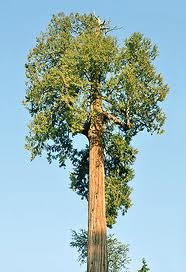 |
| West Coast Big Leaf Maple |
We have several of these West Coast Big Leaf Maples growing in our yard here on Gabriola Island and so I have decided to take some time, photograph them and study them so that I can paint pictures of them soon.
This magnificent hardwood species can grow up to 40 m tall. Older trees are often seen draped in moss and even have ferns growing on them. This tree lives an average of 200 years, with 300+ not unheard of.
The bark on older trees is grey-brown, ridged and often is covered with moss, lichens and ferns.
It has 5 lopes on it's leaves which can be up to 30cm across. These big leaves turn yellow in the autumn. This Western Maple tree has the largest leaf of any maple tree. The largest Maple leaf currently on record measures 20.86" wide and 20.55" long off of a tree in Richmound, B.C.
The Maple tree will have greenish-white flowers, about 3mm across and hang in numerous amounts in clusters . The tree will have golden-brown paired, winged, seeds, 3-6cm long. These seeds are in the shape of wings and look like little bats.
The stumps will sprout vigorously after cutting and these sprouts can grow over 3m tall in a single year.
The Eastern variety of maple produces higher quality maple syrup.
 |
West Coast Big Leaf Maple
|














